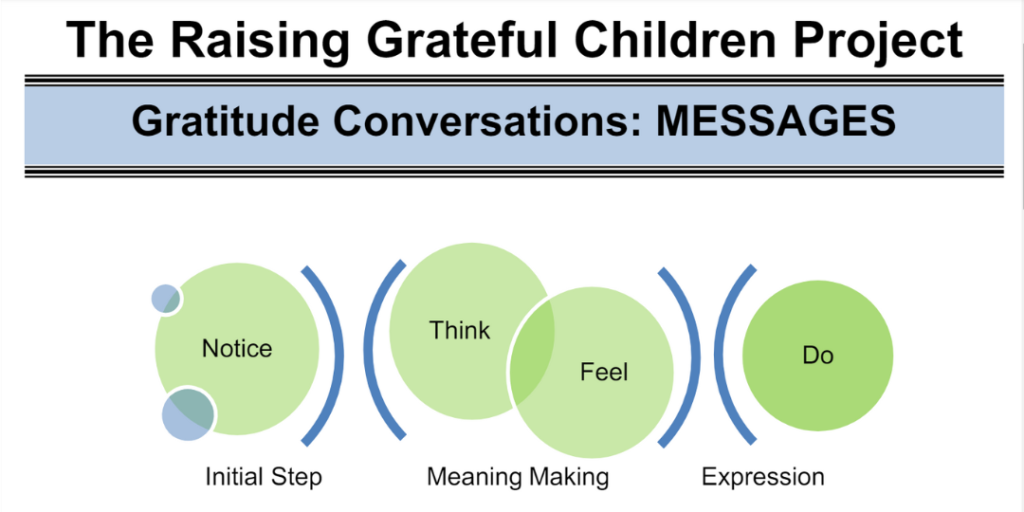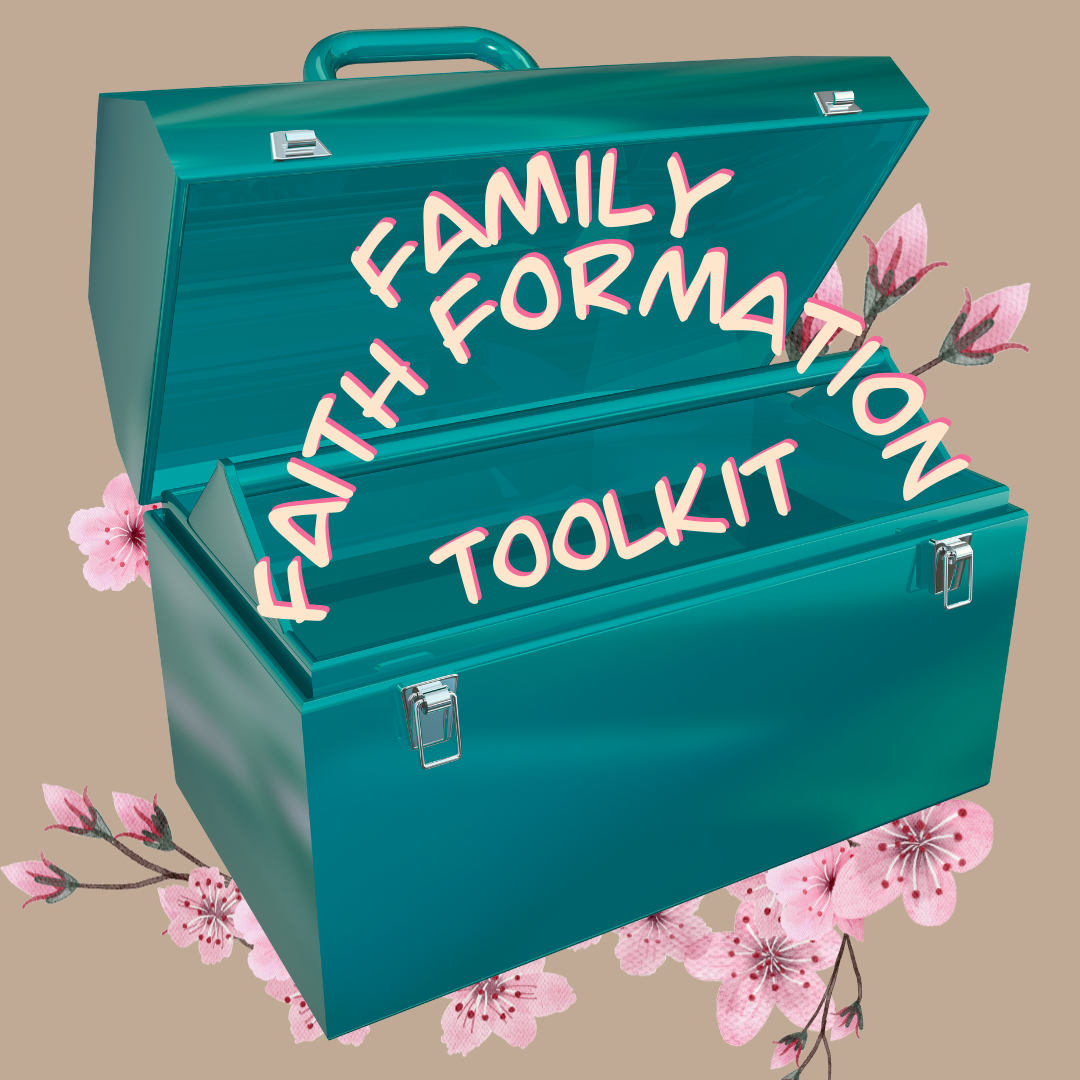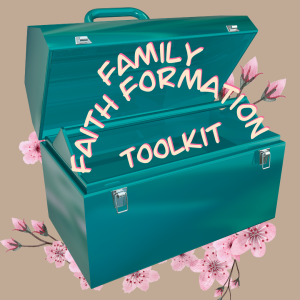

Gratitude is one of those things that is deceptively simple and ridiculously effective. It’s kind of like magic if you actually do it. I remember talking to one of our youth during our summer programming, who said, “My mom is making me do this gratitude thing where I say three things I’m grateful for every day, and it’s like super annoying because it, like, I actually feel better and it doesn’t make any sense.” I have had that same feeling. How can this work so well, and also, if it works so well, how come I have so much difficulty sticking to it every day?

Below, you’ll find some resources and thought for practicing gratitude at home with kids of all ages. Read on!


If we’re not intentional about how we approach a gratitude practice with kids, it can accidentally turn into something known as Brightsiding. I first came across this term at a Queerly Beloved movie night, when we watched a Rom-Com in which the queer, Muslim main character was called out by his friends for denying himself and his friends their negative emotions around their experiences by always insisting that they look on the bright side while being marginalized by their communities. This is a form toxic positivity gaslighting.
When we encourage our families to notice the good, we need to be explicit that we’re not asking them to ONLY see the good, but to ALSO see the good. Our brains have a negativity bias, so we need to be intentional about noticing the good, but not in an effort to deny the bad.
One way you can honor both is by rebranding your gratitude practice as a “roses and thorns” practice. This is something my children and I did when they were small, and now even as young adults, sometimes they’ll ask me, “What was your rose of the day?” when we share time together.
Naming your roses and thorns – the good parts and the bad – is also easier for folx who struggle with decision making. When you say, “Tell me the top three things you’re grateful for today,” a child may feel overwhelmed by the task of choosing just three. When you ask for roses and thorns, there is the possibility of an entire bouquet or simply a single stem. The pressure is off!
We share our roses and thorns at the dinner table, but if you don’t always share meals together, try it as a bedside practice and see what happens!


Researchers at UNC Chapel Hill have been studying gratitude within families in their “Raising Grateful Children Project,” and they have developed some very actionable tools for maximizing the effectiveness of our focus on gratitude.
“The researchers found that most parents focused on what children do to show gratitude. While 85% of parents said they prompted their kids to say “thank you,” only 39% encouraged children to show gratitude in a way that went beyond good manners. In addition, only a third of parents asked their kids how a gift made them feel, and only 22% asked why they thought someone had given them a gift.” (Source: Greater Good Magazine)
The Raising Grateful Children Project have broken gratitude down into 4 component parts to discuss with children.

Parents can foster deeper gratitude with their children by asking questions in these four areas.
Notice: Are there things and people in your life that you can be grateful for?
Think: What do you think about those things and people? Do you think you earned the things you have? Do you think the people in your life known what they mean to you?
Feel: How do the things you are grateful for make you feel? Do they make everyone feel that way? How do you think you make the people you are grateful feel?
Do: Is there a way you can show your gratitude for these things and people? How can you put your gratitude into action?
REFLECTIONS FOR CAREGIVERS
That old adage that the days are long and the years are short is so true for caregivers. Everything about parenting feels high stakes, and intense, and somehow both beyond our control and also entirely our responsibility. It can be hard to access gratitude in the moment, but that’s exactly when it can make the biggest difference. Next time you’re in a hard minute of caregiving, see if these questions can shift your perspective.
- What quality is my child displaying right now that could be positive for them later in life? (Does this tantrum also reflect a child who knows what they want? Does their inability to sit still demonstrate a healthy body that can be active and vital?)
- How can I demonstrate my gratitude for my child in this moment when their behavior is causing me distress? Does showing gratitude in the hard moment shift their energy? Does it shift mine?
- Is there something I can identify in this moment that I’m lucky to have or experience?
- Is my endurance in this time of trial developing a spiritual capacity in me? How can I move through this challenge with my integrity in tact, and with a new tool in my spiritual toolbox that I will be grateful to have next time this comes up?
If you want to chat about gratitude at home, or anything else, my door is always open!














